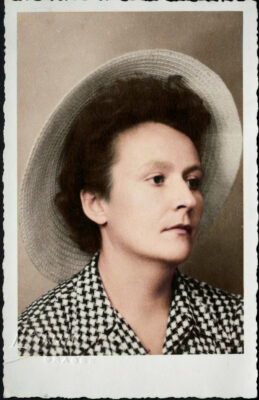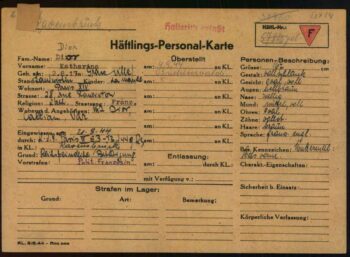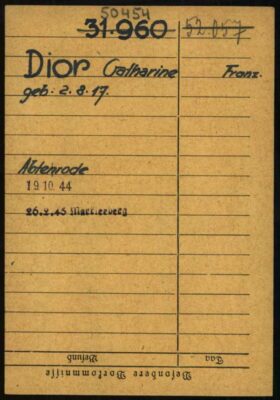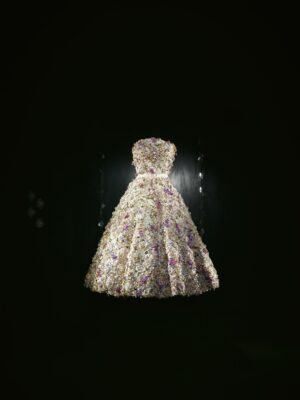Ginette, Cathérine, Caro—different names for a woman known by many only as the younger sister of the fashion designer Christian Dior. But it was Cathérine who was active in the French resistance and was deported to the Ravensbrück concentration camp in mid August 1944. In the Torgau labor camp, a sub-camp of Buchenwald, she was forced to clean unexploded bombs in an acid bath.
A few weeks later, the Nazis transported her to Abteroda, where she had to work in an aircraft engine factory for BMW. On February 24, 1945, she was sent from there to another sub-camp in Markkleeberg, this time to a Junkers aircraft engine plant. After the war, she inspired her brother to create the world-famous perfume named Miss Dior.












